Locus Robotics Ships First Locus Array Robots to DHL
Revealed at ProMat 2025, Locus claims the AI-driven system eliminates manual orderpicking, increasing speed, accuracy, and efficiency in warehouse fulfillment.




The first shipment of Locus Robotics’ new Locus Array robots has officially reached a DHL facility in Columbus, Ohio — a notable step in the evolution of warehouse automation. Rather than another iteration of traditional goods-to-person automation, the Locus Array represents a shift toward a Robots-to-Goods (R2G) model — a direction that could eventually redefine how fulfillment centers are designed, operated, and measured.
Goods-to-Person vs. Robots-to-Goods
For the past decade, Goods-to-Person (G2P) and Automated Storage & Retrieval Systems (AS/RS) have defined the upper tier of warehouse automation. Systems from vendors such as AutoStore, Exotec, and Dematic have helped operators reduce travel time and increase storage density by bringing inventory to human pickers. However, while these systems improve efficiency, their performance visibility has remained opaque.
Most G2P and AS/RS environments rely on aggregated throughput metrics — order lines per hour, system cycle time, or station utilization — but rarely provide granular, verifiable data on true Units Per Hour (UPH) per station, per SKU, or per shift. Operators often see black-box productivity, where data is generated within the OEM’s proprietary software and cannot be independently validated or compared across systems.
The R2G Difference: Transparent, Data-Driven Productivity
The Robots-to-Goods (R2G) model introduced by Locus Array takes a different approach. Instead of requiring fixed workstations and human pickers, autonomous mobile robots equipped with manipulation capabilities travel to inventory, pick items directly, and complete replenishment tasks. Each motion, grasp, and decision is recorded at the robot level — generating real-time, high-resolution telemetry.
This creates an entirely new data environment:
Per-robot UPH and cycle times become directly measurable.
AI-driven orchestration can dynamically re-optimize routes and slotting based on observed performance.
Operational benchmarking across sites becomes possible, since data is standardized and transparent rather than embedded in proprietary subsystems.
For operations leaders, this level of visibility could finally make it possible to measure and compare automation efficiency with the same granularity that labor-management systems provide for manual workflows.
A New Benchmark for Performance Measurement
If G2P and AS/RS systems are characterized by mechanical throughput, R2G systems like Locus Array may be defined by informational throughput — the ability to generate, analyze, and act on data continuously.
In a conventional G2P setup, warehouse operators might know that a pick station processed 800 order lines in an hour, but they often lack insight into the variables that drove that outcome: picker pace, bin travel time, tote dwell time, or congestion in the retrieval queue. R2G changes that equation. Every robotic movement contributes to a feedback loop where the system learns, predicts, and adjusts for optimal UPH — not as an aggregate, but as a living, measurable variable.
Why It Matters
The first deployment with DHL — a long-time automation pioneer — provides a proving ground for this new R2G architecture. Beyond its mechanical performance, the most significant impact may come from data transparency and system accountability. In a market where AS/RS vendors still treat detailed throughput data as proprietary, Locus Array’s telemetry-driven model could become a new standard for quantifying automation ROI.
As warehouse operators seek not only higher throughput but also verifiable productivity data, the industry’s focus may shift from how fast machines move goods — to how clearly systems can prove their performance.
Warehouse Automation’s Take
One of the main challenges in warehouse automation today is that end users have no practical way to compare the performance of competing systems. Real-world data from vendor installations is rarely shared, and independent benchmarking across technologies remains almost nonexistent.
Without transparent, verifiable metrics such as true Units Per Hour (UPH), operators are left to rely on vendor-supplied claims that can’t be objectively validated. As new platforms like Locus Array emerge — combining robotic dexterity with detailed performance telemetry — the industry now has an opportunity to change that dynamic.
For automation to progress, end users must push for open data, third-party benchmarking, and measurable proof of performance. Only then will the market move beyond marketing claims toward systems that can be objectively compared, trusted, and continuously improved.
If your organization is evaluating automation systems, start by asking how performance data is measured, verified, and benchmarked.


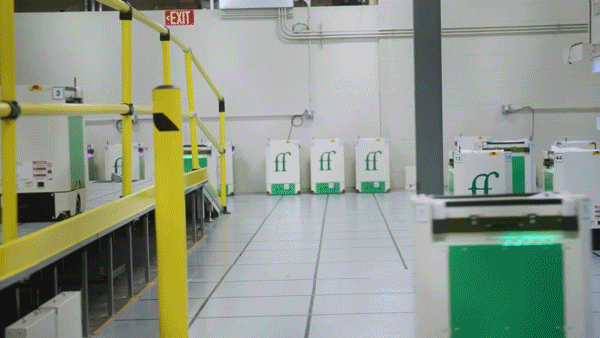

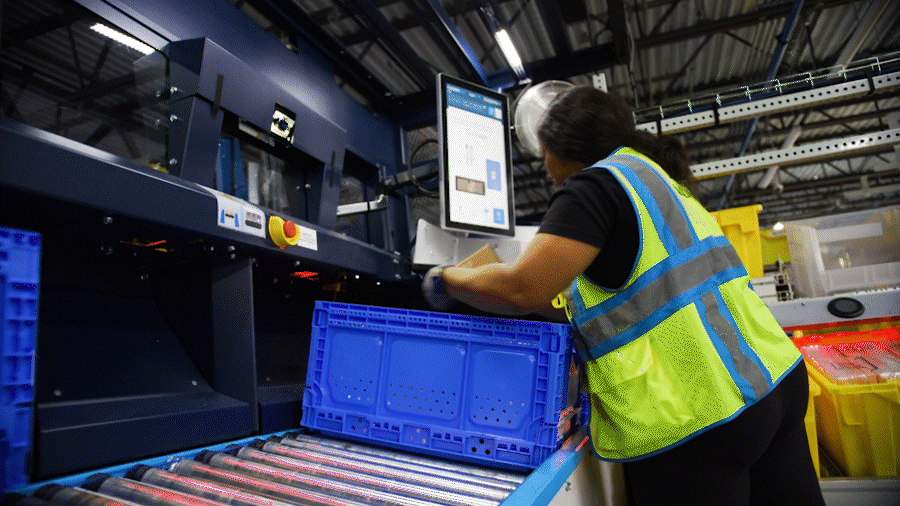







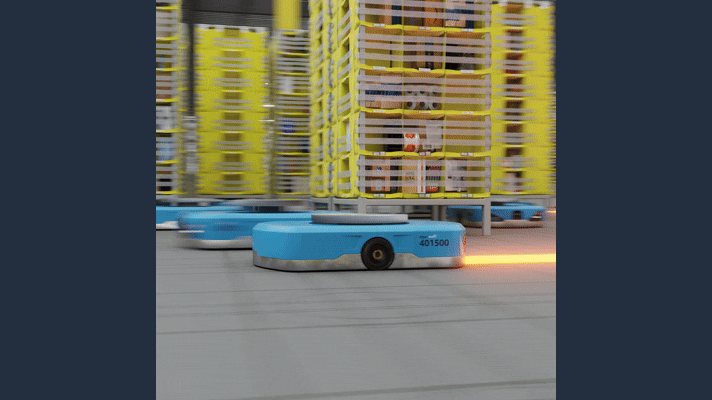








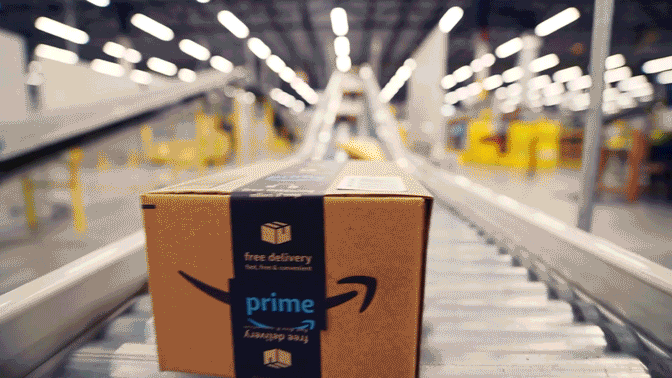




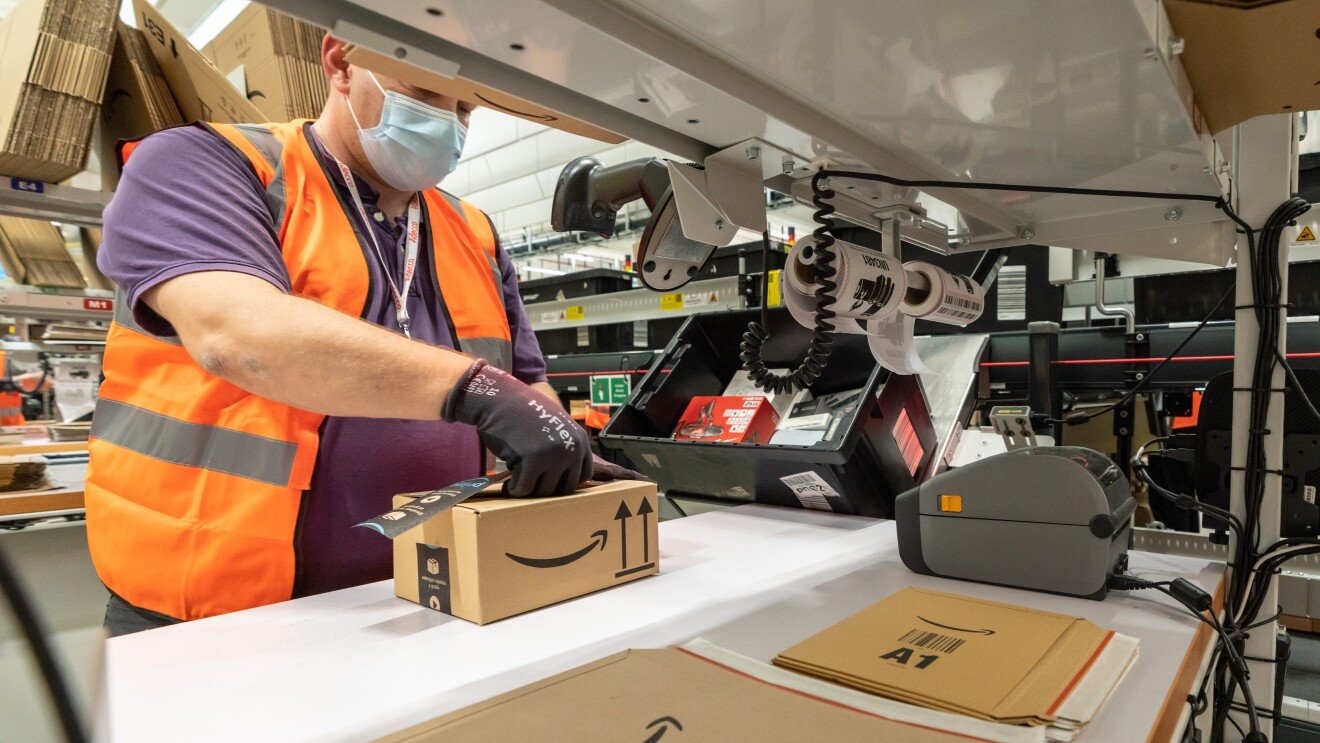



These smaller, high-velocity facilities store frequently purchased products—from fresh food and groceries to personal-care items and small electronics.